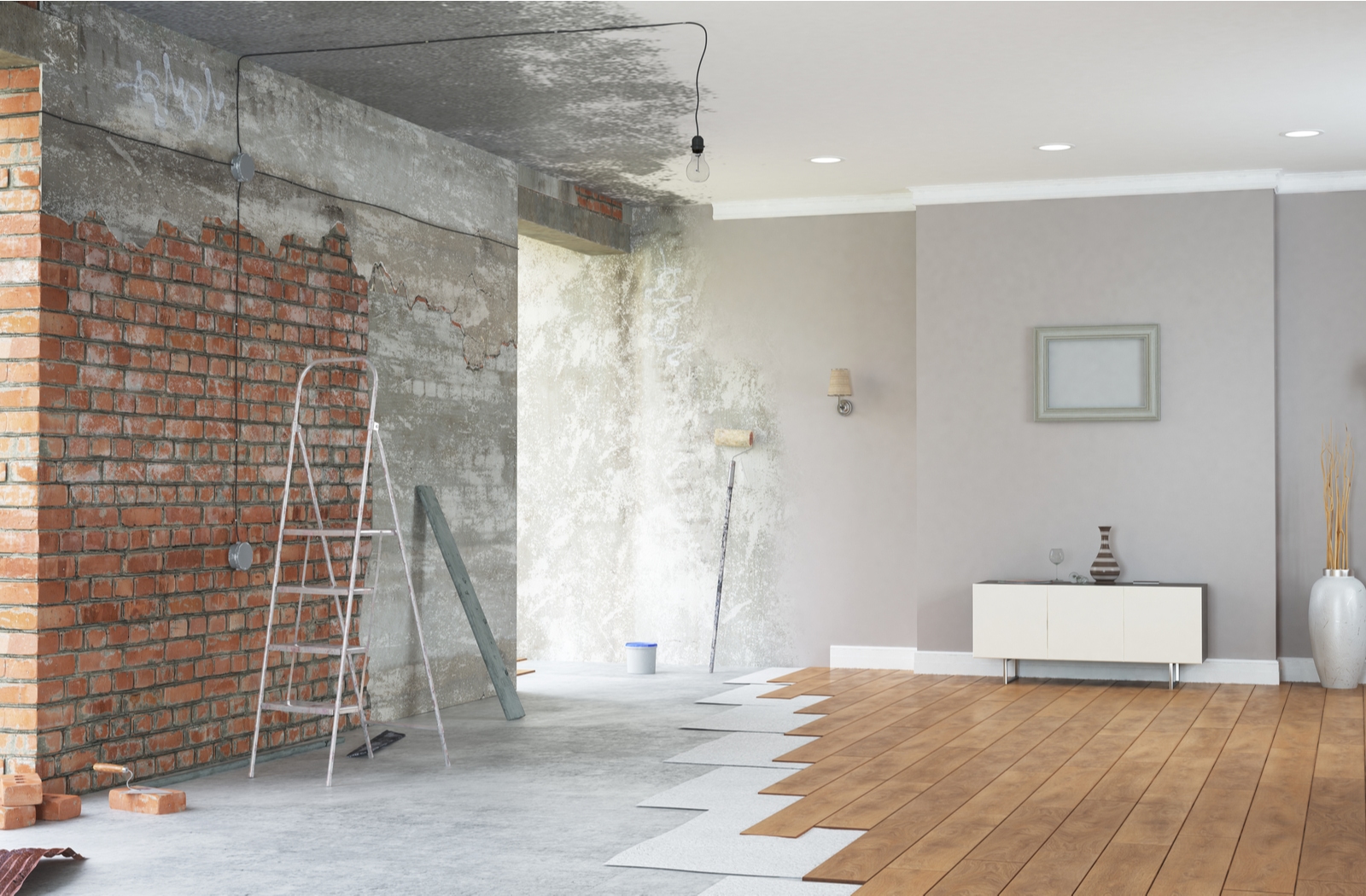
Home renovation loans are the smartest way for homeowners to finance their entire renovation project, but most people don't even know that loans exist and how they work.
The Home Renovation Loan is based on one key factor: post-renovation value. Home improvement loans use the estimated value of the home after renovations instead of the current home value to calculate how much a homeowner can borrow. It provides homeowners with a loan that may increase the value of their home as a result of the proposed improvements in advance.
It’s easy to get confused about this term, given that some of the products that are offered as “home improvement loans” are actually just rebranded unsecured personal loans or credit cards that aren’t suitable for most projects due to their high interest rates, shorter terms and limited loan size. These common “home improvement loans” are not renovation loans.
Renovation loans are the ONLY type of loan that give homeowners credit for a home’s future value. Using the after renovation value ALSO helps you get the lowest rate possible, as lenders typically set rates based on the loan to value ratio (more on this later).
You should only consider borrowing money to renovate your home if you're confident that the project will either reduce your long-term costs or increase the value of your property . Some home renovation projects can increase your property value by a greater amount than what you spend on renovations. Attic insulation, basements, bathrooms and front door remodels top the list for valuable repairs. If you’re hoping to improve the value of your home before selling, make sure you’re putting your money where it counts.
If you have very healthy credit and a less expensive project in mind, you can use a credit card with a promotional no-interest period as an alternative to a full renovation loan.
Isolating your project costs on a separate credit card will make it easier to keep those expenses separate from your usual spending, while a no-interest offer will minimize the cost of borrowing the money. Just remember that it can be easy to overspend with a credit card, so make sure you’re confident you can use it responsibly and repay the balance quickly.
There's also the cash-out refinancing option, which involves refinancing your current mortgage at a higher loan amount and using the extra cash for a renovation. This choice might make sense if you have at least 20% equity in the home, a good credit score and low interest rate options available in the market. Look carefully at current rates, lenders, and how much equity you have in your home before choosing to refinance.
The best choice depends a lot on the situation. If you want to renovate your new home right away, the low interest rates and closing costs of home improvement loans make the most sense. If you've already capitalized on your home, you can take advantage of the strong home equity market to increase your home's value. A line of credit or cash refinancing is a viable consideration when interest rates are low and credit quality is good.